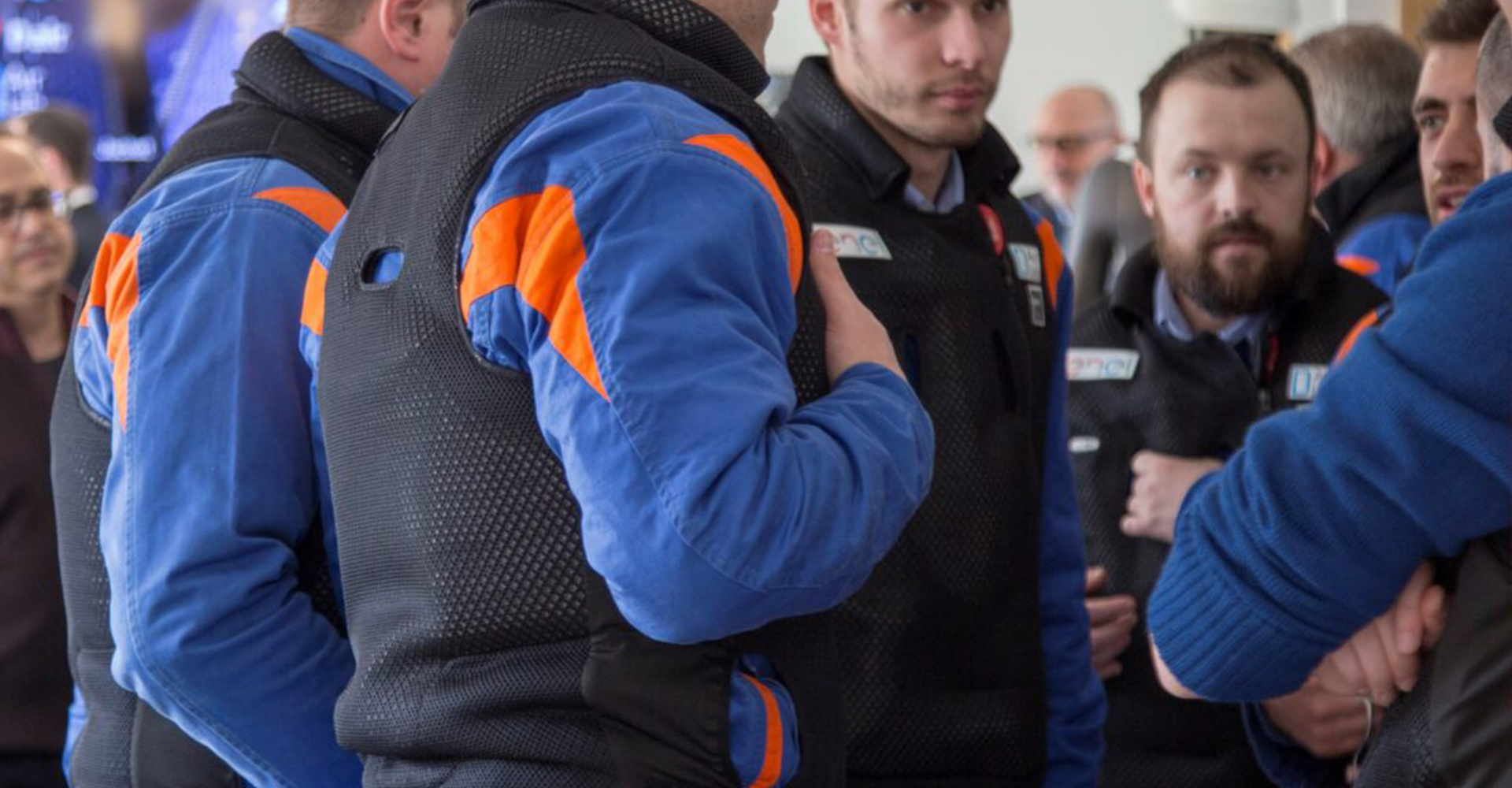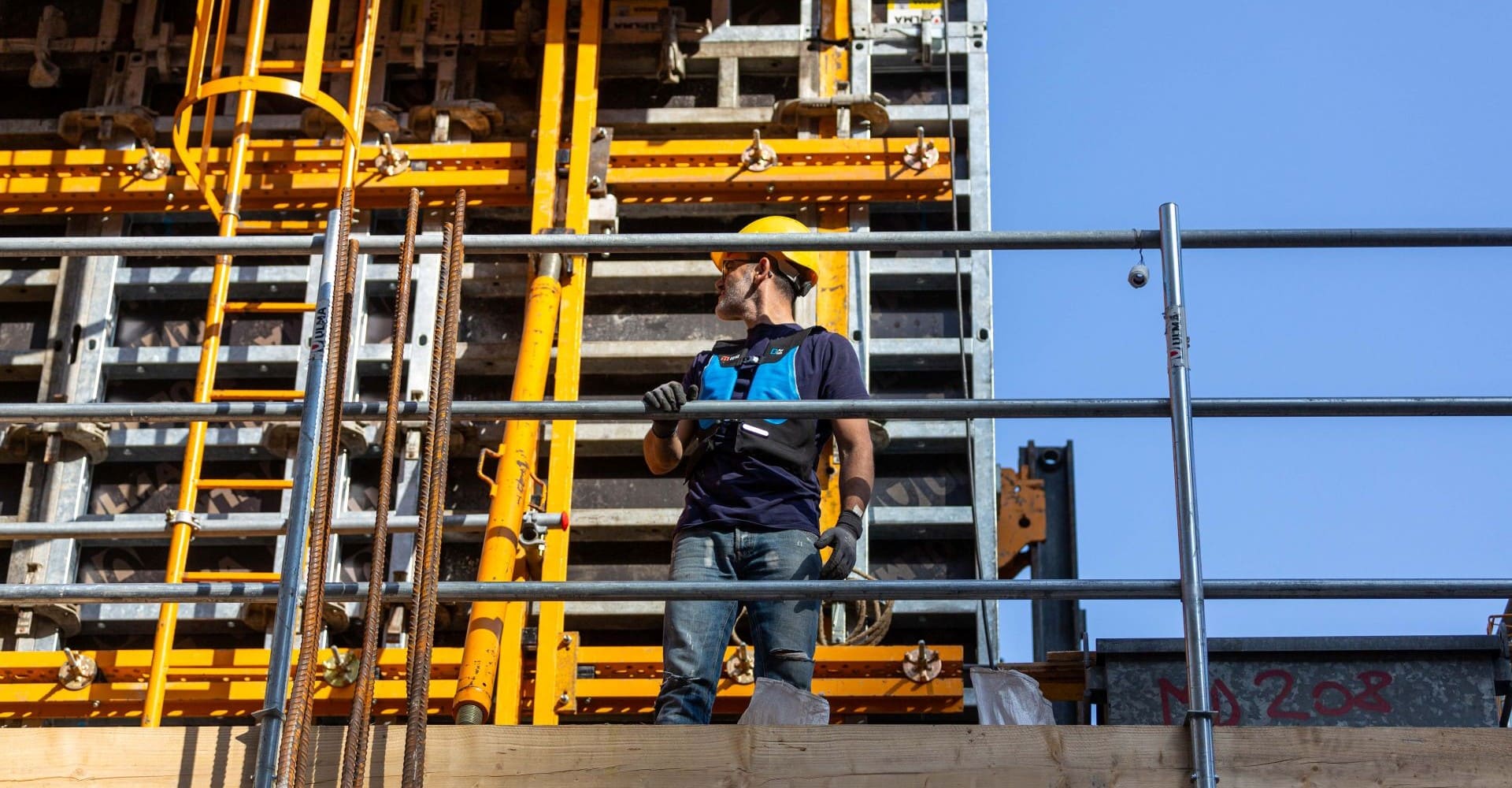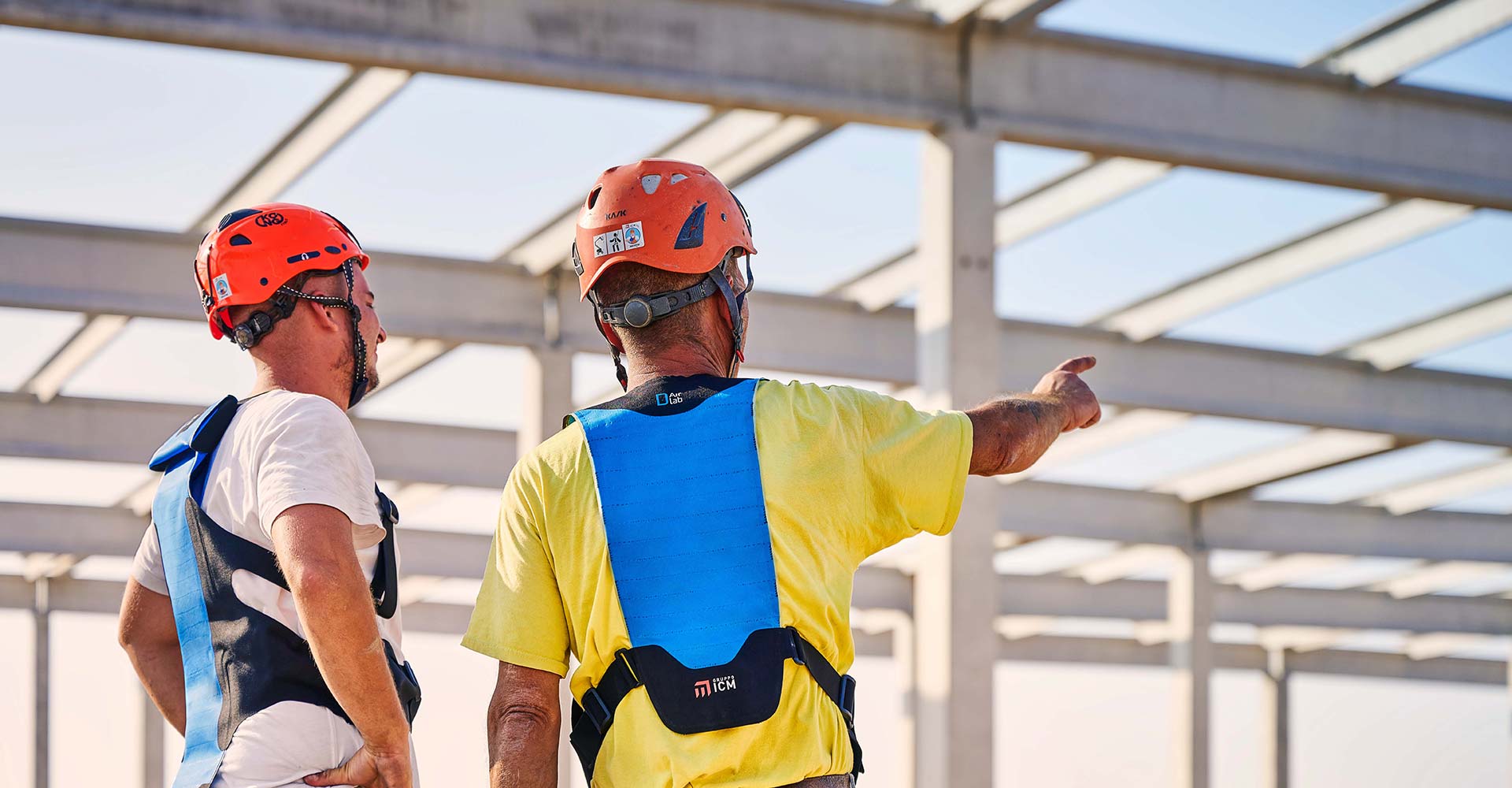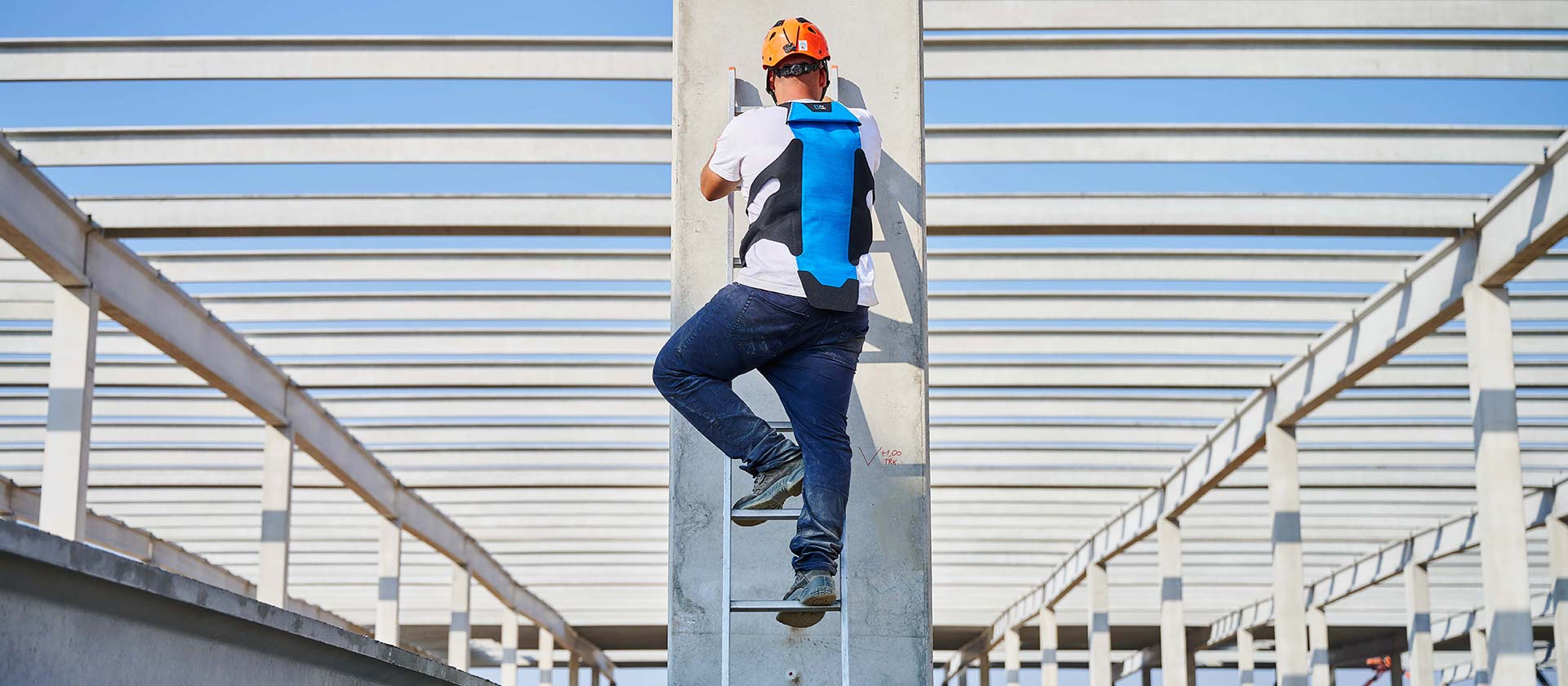Taking airbag technology outside dynamic sports was the goal with which Lino Dainese founded D-Air Lab in 2015 as a research and development lab that grew out of Dainese, the company he created in 1972 which found its mission in protecting sports athletes.
For Dainese, motorcycle racing was always the ideal test bed for new protection solutions, new technologies and refined materials. This was the sector for which the D-air® concept was created, bringing motorcyclists an airbag that was considerably more protective than plastic armour. So much so, indeed, that it within just a few years it had become compulsory for all riders in the MotoGP World Championship.
Motorcycling has, however, always been a springboard for Dainese, not a destination, an exceptional test bed for acquiring know-how to subsequently transfer to other fields. First Alpine Skiing, another high-speed, high-risk sport. And then outside the sports world, which is D-Air Lab’s core mission: to make a revolutionary technology available in an increasing number of areas. It was a social commitment destined to create a paradigm shift, just as Dainese had done in motorcycling, mountain biking and skiing.
D-Air Lab found a natural partner in ENEL when it came to developing a device to protect workers from falls. The project with ENEL is just the first in a series of applications that will be revealed in the near future.
The first prototype was completed in 2016, combing the two leading companies’ many years experience. ENEL brings sector knowledge and a detailed understanding of which parts of the body most need protecting. D-Air Lab provides expertise acquired during over 15 years testing, while bringing the ease of wear, movement and comfort that have always distinguished Dainese.
The primary goal is to improve the product as much as possible, achieving something that can be used in every ENEL division and potential scenario. But that’s not all, it is simultaneously for D-Air Lab to also market the device, making it available to workers everywhere, thus providing a concrete response to the problem of falls from height, which cause too many work injuries, many of them serious, every year.






